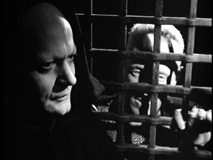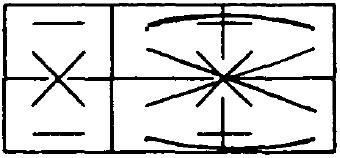Sunday, May 23, 2010
Death Story
For Your Consideration —
Cannes Festival Readies for Awards Night
Uncertified Copy
The pictures in the detail are copies of
figures created by S. H. Cullinane in 1986.
They illustrate his model of hyperplanes
and points in the finite projective space
known as PG(3,2) that underlies
Cullinane's diamond theorem.
The title of the pictures in the detail
is that of a film by Burkard Polster
that portrays a rival model of PG(3,2).
The artist credits neither Cullinane nor Polster.
Sunday School
"Mathematics is forever."
— Gian-Carlo Rota
"Nine is a very powerful
Nordic number."
— Katherine Neville
"Nine tailors make a man."
— Dorothy Sayers
Annals of Philosophy
Annals of Conceptual Art
Josefine Lyche's
"Theme and Variations" (Oslo, 2009)—
Some images in reply—
Frame Tale
Click on images for further details.
"In the name of the former
and of the latter
and of their holocaust.
Allmen."
Friday, May 21, 2010
The Oslo Version
From an art exhibition in Oslo last year–
The artist's description above is not in correct left-to-right order.
Actually the hyperplanes above are at left, the points at right.
Compare to "Picturing the Smallest Projective 3-Space,"
a note of mine from April 26, 1986—
Click for the original full version.
Compare also to Burkard Polster's original use of
the phrase "the smallest perfect universe."
Polster's tetrahedral model of points and hyperplanes
is quite different from my own square version above.
See also Cullinane on Polster.
Here are links to the gallery press release
and the artist's own photos.








